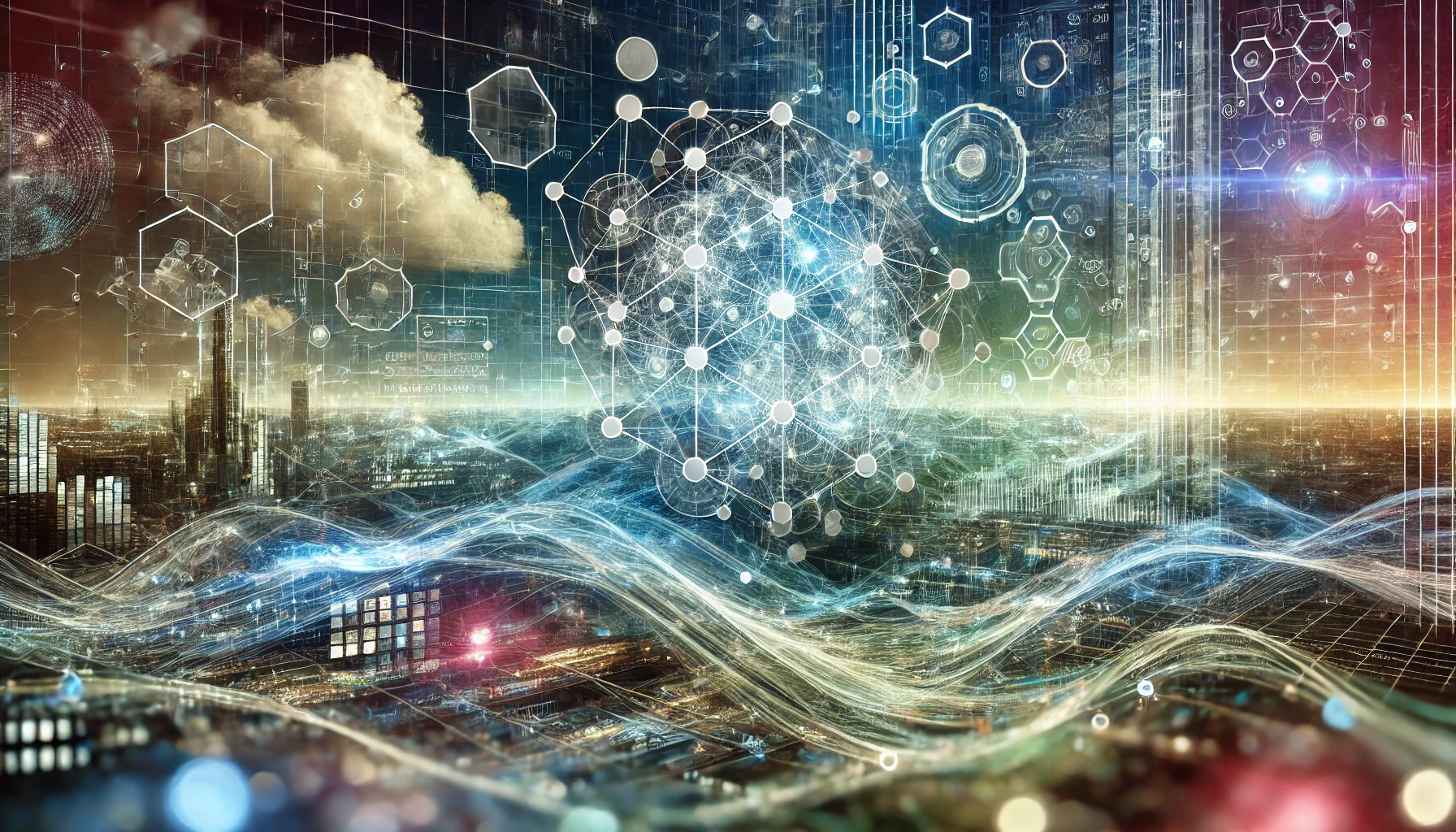Key Points
1. Graph Retrieval-Augmented Generation (GraphRAG) leverages structural information across entities in databases to enable more precise and comprehensive retrieval, capturing relational knowledge and facilitating more accurate, context-aware responses.
2. GraphRAG can be decomposed into three main stages: Graph-Based Indexing, Graph-Guided Retrieval, and Graph-Enhanced Generation.
3. Various types of graph data are utilized in GraphRAG, including Open Knowledge Graphs and Self-Constructed Graph Data.
4. Graph-Based Indexing involves graph indexing, text indexing, and vector indexing to enhance the efficiency and speed of query operations on graph databases.
5. Graph-Guided Retrieval utilizes Non-parametric Retrievers, LM-based Retrievers, and GNN-based Retrievers, employing once retrieval, iterative retrieval, and multi-stage retrieval paradigms.
6. Graph-Enhanced Generation involves selecting appropriate generators like GNNs and LMs, and converting the retrieved graph data into formats compatible with the generators like graph languages and graph embeddings.
7. Generative enhancement techniques are employed in the pre-generation, mid-generation, and post-generation stages to improve the quality of the generated outputs.
8. Training-free and training-based approaches are used for training retrievers and generators, and joint training of retrievers and generators is explored to enhance their synergy.
9. GraphRAG is applied in various downstream tasks and application domains, and establishing standard benchmarks and metrics is crucial for further development of this field.
Summary
Comprehensive Overview of Graph Retrieval-Augmented Generation (GraphRAG) Methodologies
This paper provides the first comprehensive overview of Graph Retrieval-Augmented Generation (GraphRAG) methodologies, a novel approach that leverages structural information across entities to enable more precise and comprehensive retrieval compared to traditional text-based Retrieval-Augmented Generation (RAG) systems. The development of large language models (LLMs) like GPT-4 has revolutionized natural language processing, but these models can exhibit limitations such as lack of domain-specific knowledge, outdated information, and the phenomenon of "hallucination" where the model generates inaccurate information. RAG emerged as a solution to this by integrating a retrieval component to incorporate relevant factual knowledge from external sources. However, RAG systems often neglect important relational knowledge that cannot be represented through semantic similarity alone.
Addressing Limitations with GraphRAG
GraphRAG addresses these limitations by retrieving graph elements containing relational knowledge relevant to the user's query from a pre-constructed graph database. This allows it to capture interconnections between entities and access more comprehensive information. Graph data, such as knowledge graphs, also provide abstraction and summarization of textual data, mitigating concerns about verbosity.
GraphRAG Workflow and Applications
The paper outlines the GraphRAG workflow, which consists of three main stages: Graph-Based Indexing, Graph-Guided Retrieval, and Graph-Enhanced Generation. It discusses the core technologies and training methods within each stage, as well as the downstream tasks, application domains, evaluation methodologies, and industrial use cases of GraphRAG. The paper concludes by exploring future research directions. Key challenges include developing methods for dynamic and adaptive graphs, designing scalable and efficient retrieval mechanisms, integrating graph foundation models, and achieving lossless compression of retrieved contexts. Establishing unified benchmarks and expanding GraphRAG to broader applications are also identified as important areas for future work.
Survey on GraphRAG
Overall, this survey provides a thorough and systematic review of the state-of-the-art in GraphRAG, highlighting its novelty, potential, and the exciting avenues for future research and development in this emerging field.
Reference: https://arxiv.org/abs/2408.08921
